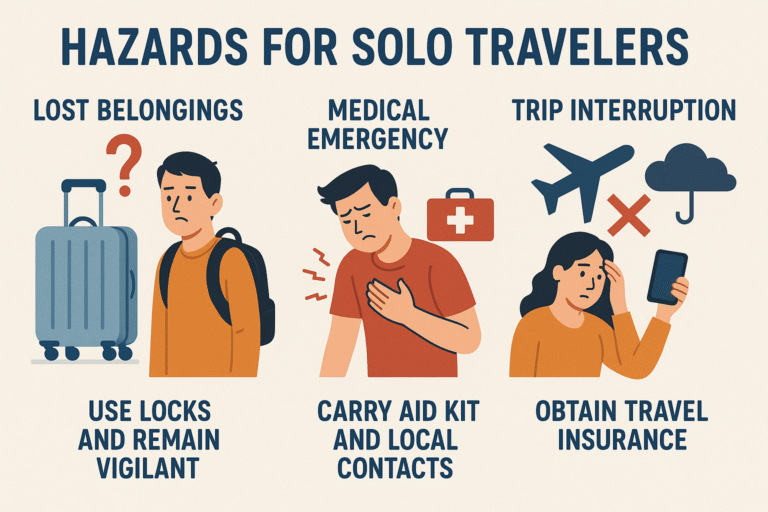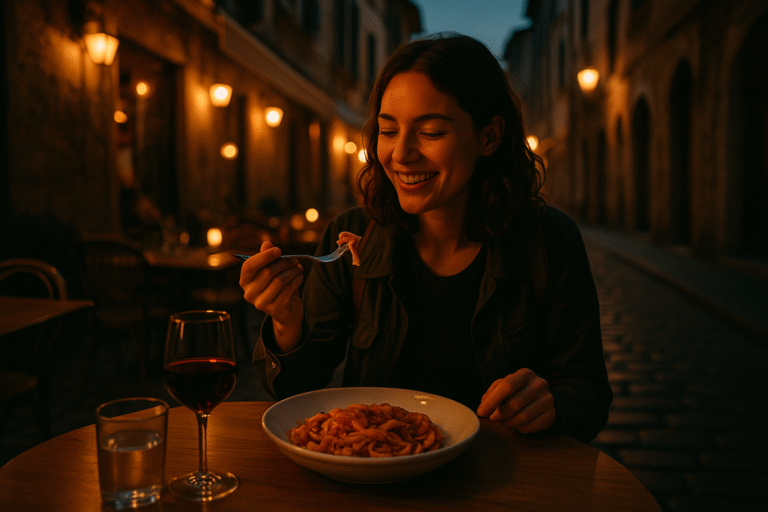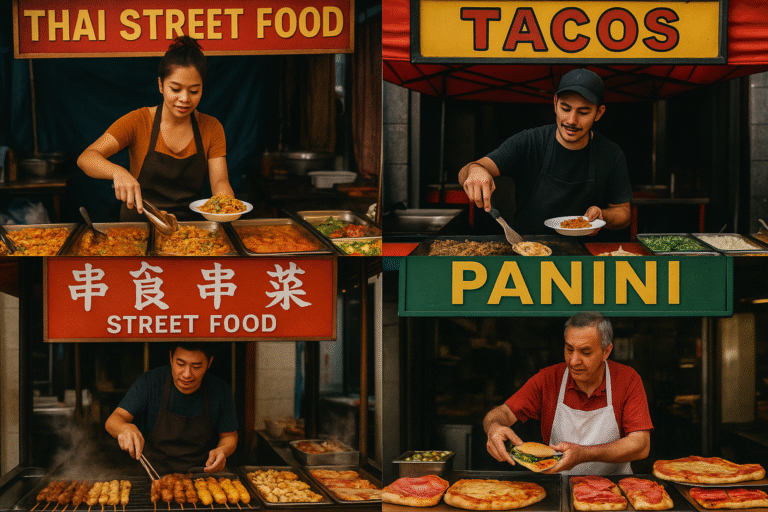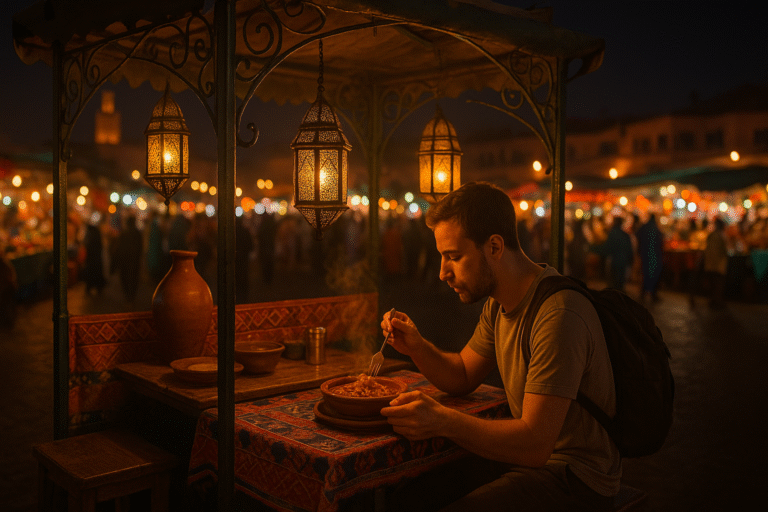Solo Travel Food Safety: Stay Healthy Abroad
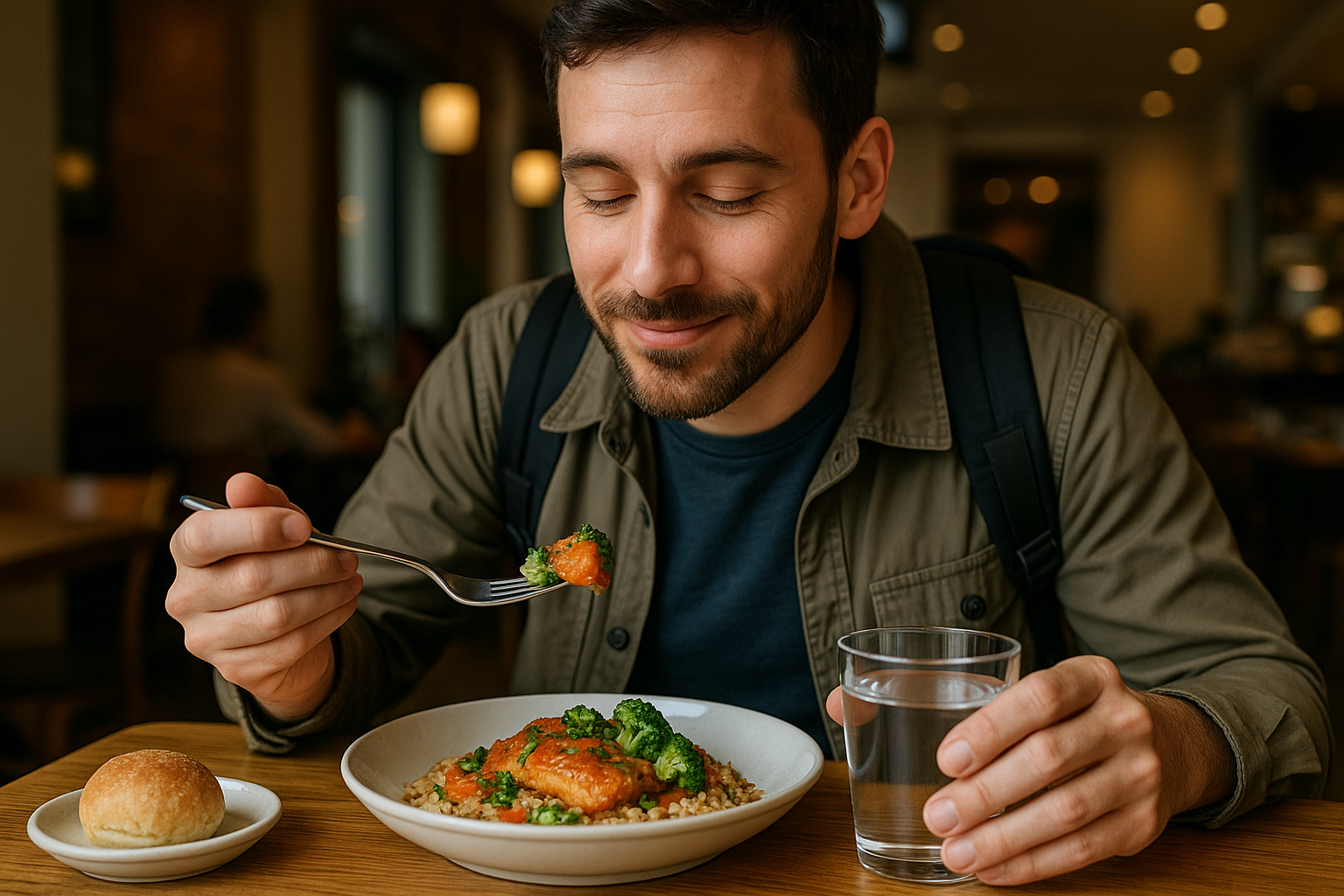
Embarking on a solo travel adventure can be an exhilarating experience, but it comes with its own set of challenges, especially when it comes to food safety. Navigating different cuisines and dining practices can be thrilling yet intimidating. This comprehensive guide aims to equip solo travelers with tips and strategies to enjoy global cuisines safely, ensuring a healthy journey across various culinary landscapes.
Understanding Local Food Safety
Navigating food safety while traveling solo begins with understanding the local dining etiquette and hygiene standards. Each destination has its regulatory systems and standards, which can vastly differ from what you might be used to at home. Conducting preliminary research about common dining practices and typical food safety issues in your destination can preempt many potential health issues. Resources like travel forums, local blogs, and government health sites often provide invaluable insights tailored to the upcoming locations on your itinerary.
Choosing Safe Places to Eat
Observing where locals eat is a useful tip for identifying safe food sources. Popular spots indicate fresh, reliable ingredients and a turnover rate that minimizes the likelihood of foodborne illnesses. Opt for eateries that are busy, appear clean, and show a transparent food preparation area. Avoid eateries where food is left uncovered and flies are present, as these are clear indicators of poor food handling practices.
Street Food: A Delight with Caution
Street food can be a highlight of any travel, offering authentic flavors right at the corner of bustling streets. While it presents an opportunity to dive into the local cuisine at a reasonable price, solo travelers should proceed with caution. Always choose vendors that cook food to order and maintain high cleanliness standards. Additionally, opting for hot, freshly cooked items can reduce the risk of contamination more effectively than cold dishes.
Smart Eating Habits: Listen to Your Body
Developing intuitive eating habits is crucial on a solo trip. Start by choosing smaller portions to test how you react to new cuisines, which can prevent potential discomfort. Stay hydrated and carry bottled water to avoid waterborne diseases common in many countries. Monitoring your body’s response to different foods can help you make safer dietary choices throughout your trip.
Safety in Local Market Dining
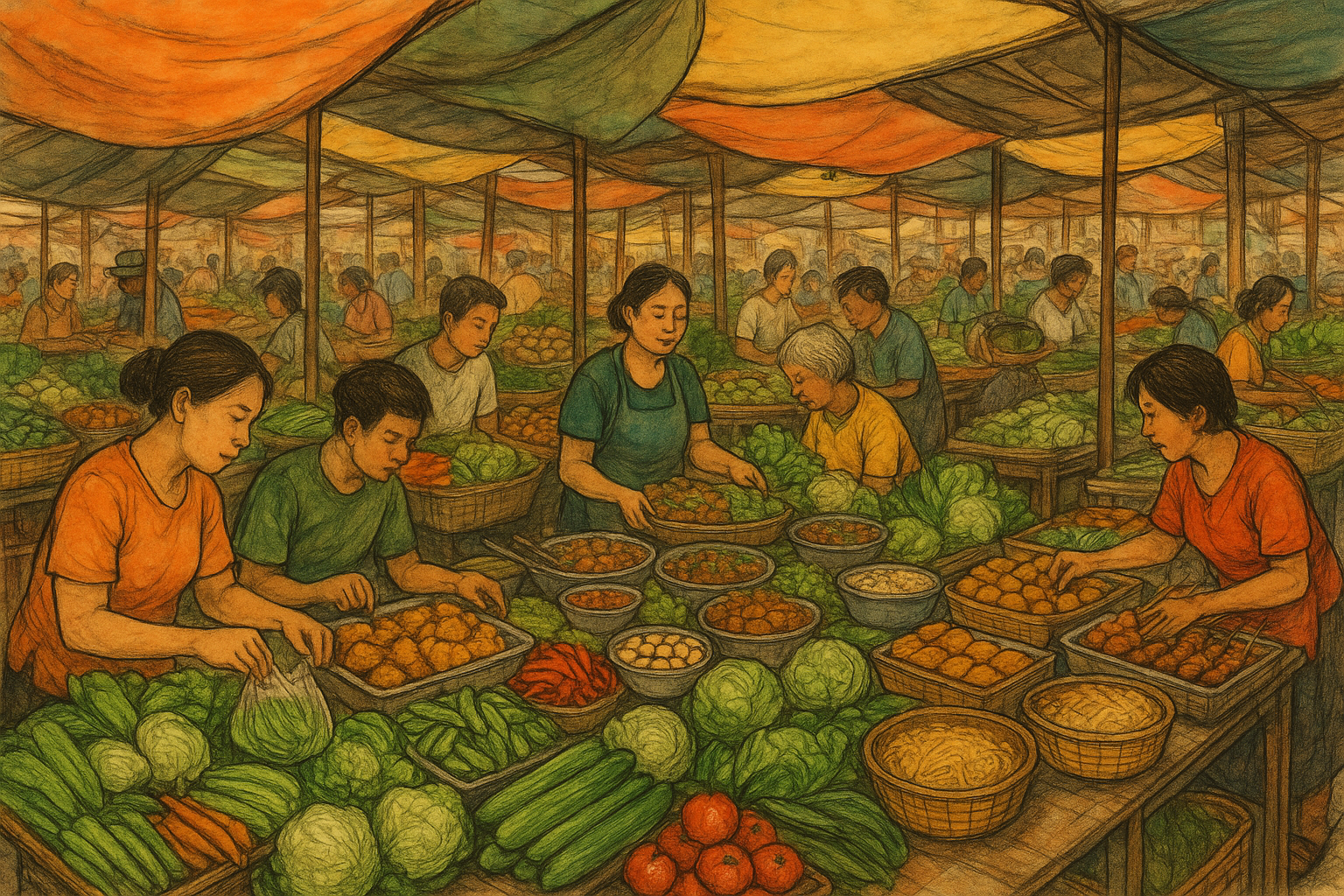
Dining in local markets is an authentic experience that allows solo travelers to delve into the heart of a destination’s culinary culture. As markets offer a plethora of options, choose vendors who display good hygiene practices and whose ingredients are kept covered and fresh. Observing food handling and storage practices can guide you towards making safer dining choices in such vibrant environments.

